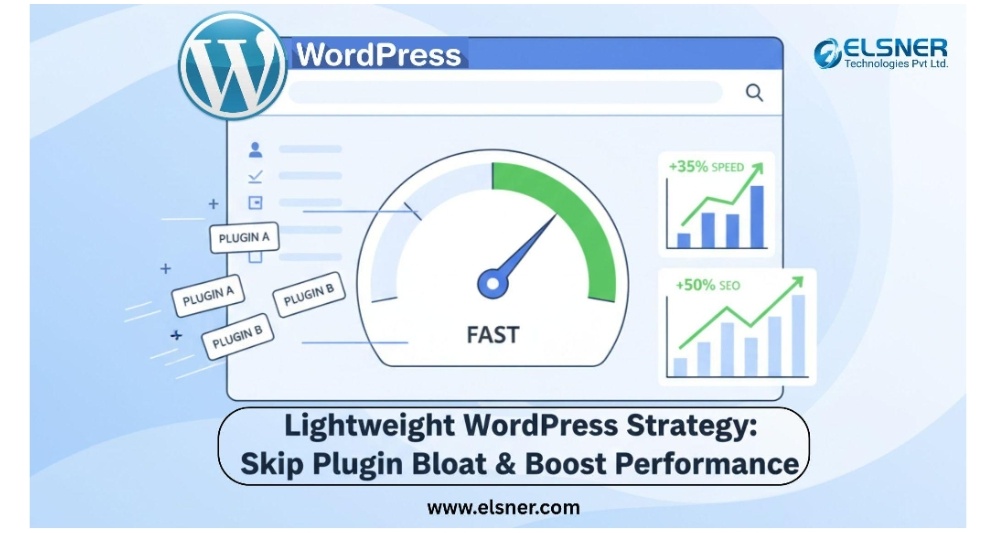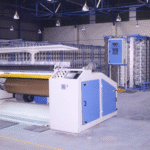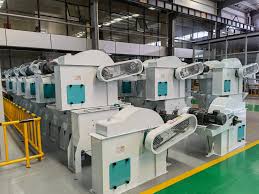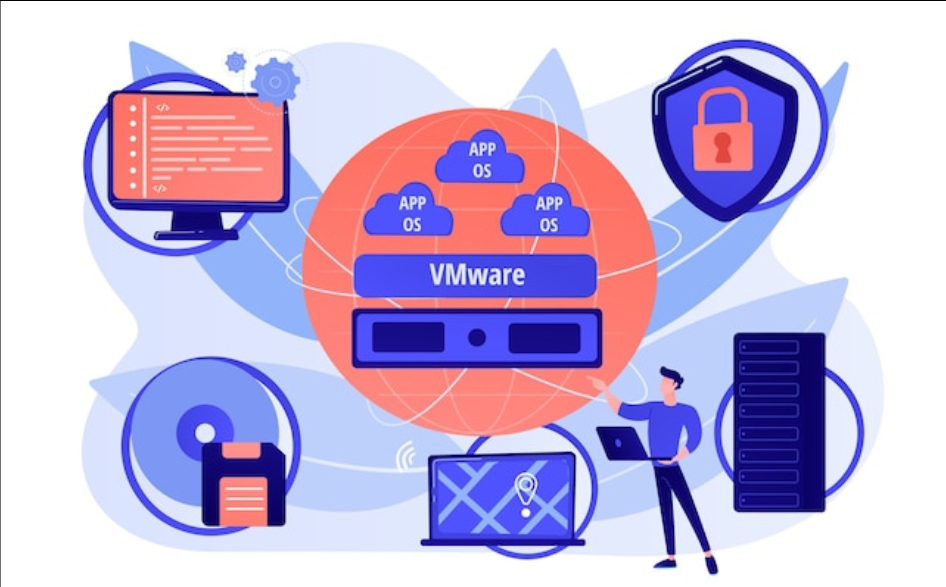Is your WordPress site feeling sluggish? When pages take too long to load, visitors often leave before they even see what you have to offer — and that can cost you sales. Almost half of online users expect a site to load in under two seconds, yet many WordPress sites miss the mark.
One of the biggest reasons? Plugin overload. What starts as a handful of useful tools — like a contact form, SEO helper, or sharing button — can quickly turn into dozens of plugins fighting for resources and slowing everything down. That’s why expert WordPress Development Services focus on optimizing performance and reducing unnecessary plugins.
The good news: you don’t need to sacrifice features for speed. A lightweight WordPress setup can keep your site fast, functional, and reliable. With the right WordPress web development company’s support, you can cut the clutter, keep what matters, and get a site that runs smoothly.
More and more businesses are simplifying their WordPress builds and seeing stronger results. The question is, will you be one of them? Read on to make a smarter choice:
Why Does Your WordPress Site Feel Like It’s Running Underwater?
Think of plugins as houseguests. A few well-chosen ones enhance the party. Too many, and your house becomes overcrowded chaos.
Every plugin adds database queries, HTTP requests, and CSS/JavaScript files. Your server works overtime processing these requests. Meanwhile, your customers tap their fingers impatiently.
Performance Reality Check:
- Average WordPress site: 40+ plugins installed
- Typical load impact: Each plugin adds 50-200ms
- Business cost: 1-second delay = 7% conversion loss
The math is simple but painful. More plugins equal slower sites. Slower sites equal fewer sales.
Custom WordPress development company solutions focus on building functionality directly into themes and core systems. This approach eliminates plugin conflicts and creates streamlined performance.
What Exactly Is a Lightweight WordPress Strategy?
A lightweight WordPress approach means building lean, optimized sites that prioritize speed and functionality over plugin convenience.
Instead of installing 15 plugins for basic features, you integrate essential functions directly into your theme or use minimal, high-quality alternatives. Think custom code snippets instead of bloated plugins. Think strategic feature selection instead of “install everything that looks cool.”
Core Principles:
- Function consolidation: One plugin handles multiple tasks
- Custom development: Build features into themes when possible
- Strategic selection: Choose plugins that actually move the needle
- Regular auditing: Remove unused or redundant functionality
This strategy requires more upfront planning but delivers exponential performance gains. Your site loads faster, ranks higher, and converts better.
Which Plugins Are Actually Killing Your Performance?
Not all plugins are equal. Some are resource hogs. They slow down your site, even if your WordPress setup is solid.
Picking the right tools matters. A professional WordPress website development service can help. They know which plugins are lightweight, high-performing, and truly add value—without the extra bloat.
Performance Killers to Audit:
| Plugin Type | Performance Impact | Better Alternative |
| Page Builders | 2-4 second delays | Custom theme development |
| Social Media Widgets | 1-2 second delays | Native sharing buttons |
| Slider Plugins | 500ms-1.5s delays | CSS-only solutions |
| Chat Widgets | 300-800ms delays | Lightweight chat APIs |
| Heavy SEO Plugins | 200-600ms delays | Streamlined SEO tools |
Performance Champions to Keep:
- Caching plugins (WP Rocket, W3 Total Cache)
- Security essentials (Wordfence, Sucuri)
- Backup solutions (UpdraftPlus)
- Form builders (Gravity Forms, Contact Form 7)
The goal isn’t zero plugins. It’s strategic plugin selection that maximizes value while minimizing performance impact.
How Do You Build Speed Without Sacrificing Features?
Here’s where custom WordPress development services shine. Instead of installing plugins for every feature, you build functionality directly into your site’s DNA.
Smart Consolidation Strategies:
1. Multi-Purpose Plugin Selection
Choose plugins that handle multiple functions. Instead of separate plugins for SEO, analytics, and social media, find solutions that combine features efficiently.
2. Custom Code Integration
Simple functions like contact forms, image galleries, or testimonials can be built directly into themes. This eliminates plugin overhead entirely.
| // Custom contact form without pluginsfunction custom_contact_form() { // Lightweight form processing return ‘<form class=”custom-form”>…</form>’;} |
3. API-Based Solutions
Use lightweight API connections instead of heavy plugins. Google Analytics via API instead of bulky tracking plugins. Social media feeds via direct API calls.
4. Progressive Enhancement
Build core functionality first, then add enhancements strategically. Your site works perfectly without JavaScript, but becomes better with it.
What Performance Gains Can You Actually Expect?
Real numbers from real websites tell the story better than marketing hype.
Before vs After Plugin Optimization:
| Metric | Bloated Site | Optimized Site | Improvement |
| Page Load Time | 4.7 seconds | 1.8 seconds | 62% faster |
| Database Queries | 150+ per page | 45 per page | 70% reduction |
| HTTP Requests | 85 requests | 22 requests | 74% fewer |
| Bounce Rate | 68% | 32% | 53% improvement |
| Conversion Rate | 2.1% | 4.8% | 129% increase |
These aren’t fantasy numbers. They’re typical results from businesses that embrace lightweight WordPress strategies.
Business Impact:
- E-commerce sites: 25-40% revenue increase
- Service businesses: 35-50% more leads
- Content sites: 45-60% better engagement
Performance optimization isn’t just technical improvement. It’s direct business growth.
Which Businesses Get the Most from Lightweight WordPress?
Different businesses have different needs. Your optimization strategy should fit your specific situation.
- Small to Medium Businesses:
These companies need fast websites that turn visitors into customers. The best approach combines smart plugin choices with some custom development. Most SMBs see an expected ROI of 150-300% within six months.
- Ecommerce Companies:
Online stores need blazing-fast product pages. The checkout process must be smooth. Custom WordPress development with minimal plugins works best here. Many e-commerce sites see an expected ROI of 200-500% from better conversion rates.
- Digital Agencies:
Agencies need sites that scale easily. Maintenance should be simple. They benefit from custom frameworks paired with standard plugin sets. This approach delivers an expected ROI of 40-60% reduction in maintenance costs.
Match your strategy to your goals. Consider your technical skills. Think about your growth plans.
How Do You Actually Make Your Site Lightweight?
Reading about optimization is one thing. Actually doing it is another. Here’s your roadmap.
- Week 1: Check Everything
Start by installing performance tools. Write down which plugins you’re using. Note how each one affects speed. Look for plugins that do the same thing. Measure your current site speed.
- Weeks 2-3: Clean Up
Remove plugins you don’t use. Get rid of redundant ones. Replace heavy plugins with lighter options. Test your site after each change.
- Weeks 4-8: Build Custom Solutions
Add essential features directly to your theme. Create custom solutions for your unique needs. Set up caching systems. Add performance alerts.
- Weeks 9-10: Polish Everything
Fine-tune your remaining plugins. Optimize your database. Configure your server properly. Test on different devices. Test on different browsers. Test on slow connections. Record your new performance numbers.
Important: Don’t optimize everything at once. Start with the biggest problems. Work through smaller issues one by one.
What Makes Elsner Stand Out?
Elsner doesn’t just apply quick fixes. They build performance into your site from day one. Their sites stay fast as your business grows.
They focus on long-term results. Your site maintains speed through updates. It stays fast as you add content. Performance holds steady when you add features.
Final Thoughts
Remember these key points: Plugin bloat is avoidable. Slow WordPress sites aren’t acceptable anymore. Your competitors who optimize will pull ahead.
Your Action Plan:
Start with an audit in week one. Check your plugins. Measure your performance. If needed, hire WordPress expert to help clean up redundancies in weeks two and three. Optimize what you keep. Build custom solutions in weeks four through eight. Keep monitoring, testing, and refining after that.
The winning businesses online don’t have the most plugins. They have the smartest strategies. They prioritize speed. They focus on user experience. They optimize for conversions.
Your website isn’t a plugin collection. It’s a business asset. Treat it like one.
Your customers are ready to buy. Your competitors are already optimizing. The real question is simple.
Can you afford not to optimize?






